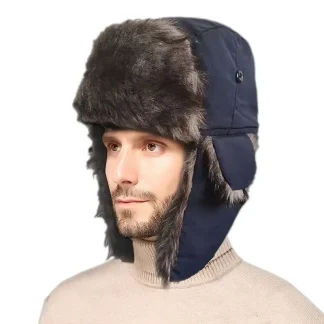Embrace the Arctic Spirit: The Timeless Appeal of Eskimo Hats
Step into the world of these items, where practicality meets cultural heritage in a beautifully crafted accessory. These are not just a defense against the frigid Arctic cold but also a symbol of the ingenuity and resilience of Indigenous peoples. Whether you’re exploring snowy landscapes or adding a touch of tradition to your winter wardrobe, this is a timeless piece that combines warmth, functionality, and cultural significance.
The Evolution of Eskimo Hats: From Survival to Cultural Icon
The history of these items are deeply rooted in the survival needs of Indigenous peoples living in the Arctic regions. For centuries, the Inuit, Yupik, and other Indigenous communities designed these cap to withstand the extreme cold, using materials readily available in their environment. Traditionally, these items were made from animal hides and furs, such as seal, caribou, or Arctic fox, which provided exceptional insulation and protection against the harsh elements.
The design of these hats was both practical and symbolic. Many featured ear flaps or extended hoods to shield the face and neck from biting winds, while intricate stitching and decorative elements often carried cultural or spiritual significance. Over time, these cap became more than just survival gear; they evolved into symbols of identity and craftsmanship, reflecting the deep connection between Indigenous peoples and their environment.
In the modern era, these items have transcended their traditional origins to become a global fashion statement. While still honoring their cultural roots, contemporary designs incorporate modern materials and styles, making them accessible to a wider audience. Today, these are celebrated for their unique blend of tradition and innovation, appealing to those who value both functionality and cultural heritage.
The Cultural Significance of Eskimo Hats
These items hold a profound place in the cultural traditions of Arctic Indigenous communities. They are more than just winter accessories; they are embodiments of survival, artistry, and spirituality. For the Inuit and Yupik peoples, these cap were often crafted with great care, using techniques passed down through generations. The choice of materials and designs often carried symbolic meaning, representing the hunter’s skill, the family’s status, or the wearer’s connection to the natural world.
Beyond their practical use, Eskimo hats were also integral to ceremonial practices and storytelling. In many Indigenous cultures, clothing and accessories were seen as extensions of the self, imbued with spiritual significance. The intricate patterns and decorations on these cap often told stories of the wearer’s lineage, achievements, or relationship with the land and animals.
In contemporary times, these items have become a symbol of cultural pride and resilience. They are celebrated as a testament to the ingenuity and adaptability of Indigenous peoples, who thrived in one of the most challenging environments on Earth. By wearing these items, individuals can honor this rich cultural legacy while embracing the timeless appeal of its design.
The Design and Features of Eskimo Hats
These are renowned for their distinctive designs and functional features. Traditional styles often include ear flaps, extended hoods, or fur rims to provide maximum protection against the cold. The use of natural materials, such as animal hides and furs, ensures exceptional warmth and durability, making these items ideal for extreme weather conditions.
Modern interpretations of Eskimo hats have expanded on these traditional designs, incorporating contemporary materials and styles while maintaining their cultural essence. Faux fur, synthetic insulation, and water-resistant fabrics are now commonly used, offering a cruelty-free and sustainable alternative to traditional materials. These innovations have made more accessible and versatile, appealing to a broader audience.
The aesthetic appeal of this lies in their unique blend of functionality and artistry. Many designs feature intricate stitching, decorative patterns, or embellishments that reflect the cultural heritage of their origins. Whether you prefer a classic, traditional look or a modern, minimalist style, they offer a range of options to suit your taste.
Innovations in Eskimo Hat Design
Recent innovations in cap design have brought new possibilities, blending tradition with modern technology. Advances in textile manufacturing have led to the creation of high-quality materials that mimic the look and feel of natural fur, offering a cruelty-free alternative without sacrificing warmth or style.
Customization has also become a key trend, allowing wearers to personalize their hats with unique colors, patterns, and embellishments. This shift towards individuality reflects a growing desire for accessories that express personal style and creativity. From bold, statement-making designs to subtle, understated elegance, there is an item to suit every preference.
Sustainability is another important focus in the design of these cap. Many manufacturers are adopting eco-friendly practices, using recycled materials and ethical production methods to create stylish and responsible accessories. This commitment to sustainability ensures that these items remain a fashionable and conscientious choice for modern consumers.
The Future of Eskimo Hats
The future of this is set to embrace innovation, personalization, and sustainability. Designers are exploring new materials and techniques to enhance the functionality and aesthetic appeal of these cap, ensuring they remain relevant in a rapidly changing fashion landscape.
Customization will continue to play a significant role, with advancements in design allowing for greater individual expression. This trend reflects a broader shift towards unique and exclusive accessories that complement personal style and values. As technology progresses, Eskimo hats will incorporate new features while maintaining their cultural significance and timeless charm.
The emphasis on sustainability and ethical fashion will also shape the future of these cap. As consumers become more conscious of their choices, the demand for eco-friendly and cruelty-free options will drive innovation in design and production. This will continue to evolve, offering a perfect blend of tradition, style, and responsibility.
Choosing the Perfect Eskimo Hat
These items involves considering factors such as style, fit, and personal preference. For a traditional look, opt for a design with natural materials and classic features like ear flaps or fur rims. If you’re looking to make a bold statement, choose a cap with vibrant colors, intricate patterns, or unique embellishments that reflect your personality.
The fit and comfort of these are also important considerations. Ensure that the hat provides adequate warmth and a secure fit, with adjustable features for added convenience. The design and aesthetics should complement your winter wardrobe, enhancing your overall look with a touch of elegance and sophistication.
Confidence in your choice will enhance your enjoyment and appreciation of your cap, ensuring it serves as both a functional accessory and a stylish statement piece. Embrace the heritage and versatility of these cap and discover how they can elevate your winter style.
Conclusion: The Enduring Allure of Eskimo Hat
These items embody the perfect blend of tradition and modernity, offering a stylish and practical solution for winter fashion. Their evolution from survival gear to cultural icon highlights their enduring appeal and relevance in contemporary style.
By understanding their history, cultural significance, and design features, you can appreciate Eskimo hats as more than just winter accessories—they are symbols of heritage, artistry, and personal expression. Explore the world and find the perfect addition to your wardrobe, reflecting both elegance and innovation.
Whether for personal use or as a thoughtful gift, a well-designed Eskimo hat offers unparalleled beauty and functionality, ensuring you stay warm and stylish throughout the winter season. Embrace the timeless allure and make them a treasured part of your winter wardrobe.
 + 5
+ 5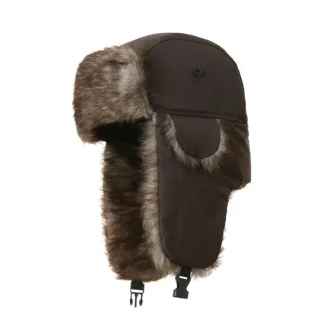
 + 1
+ 1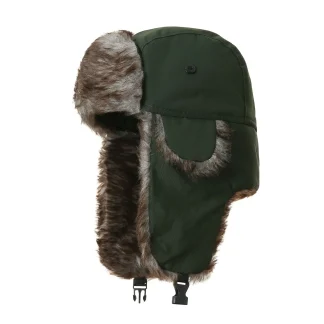 + 1
+ 1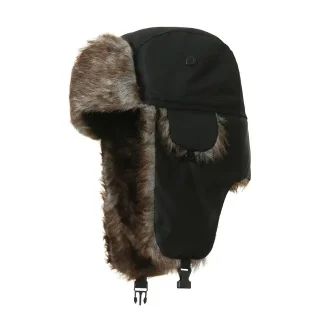
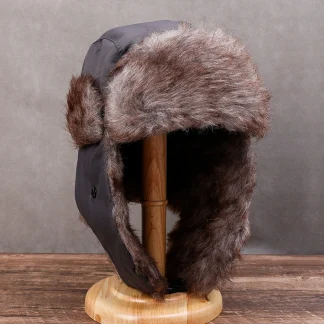
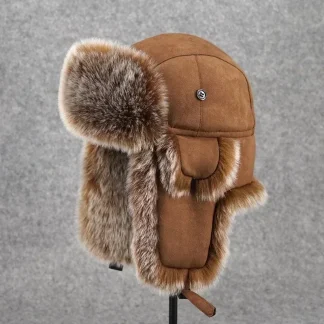 + 13
+ 13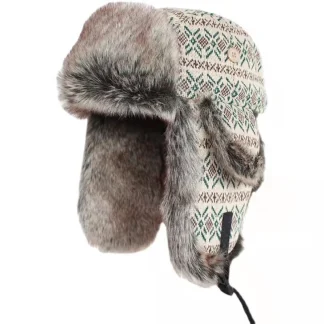
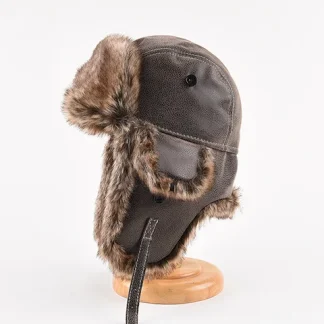
 + 4
+ 4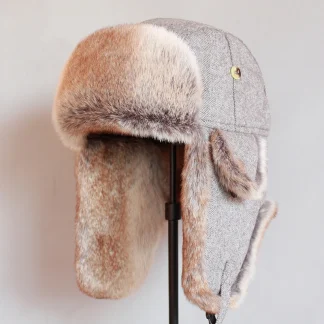
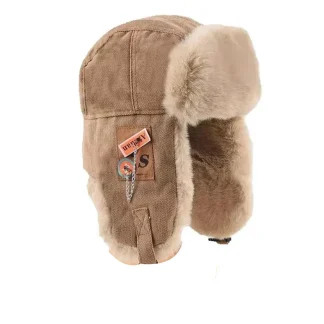
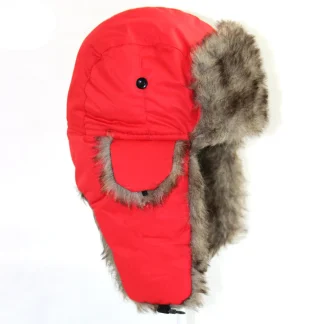 + 1
+ 1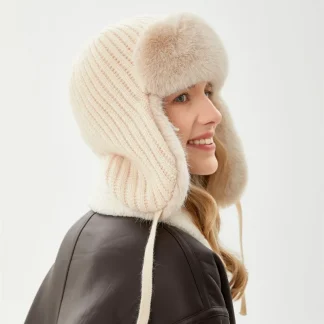
 + 1
+ 1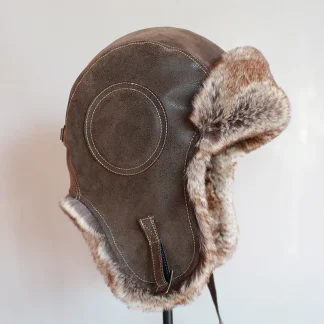
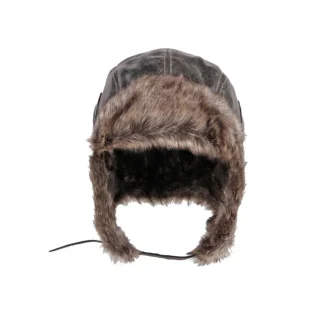

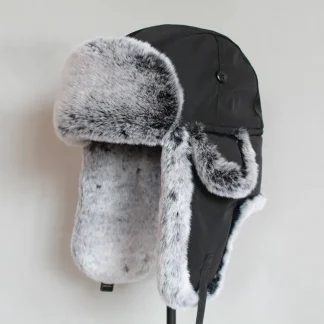
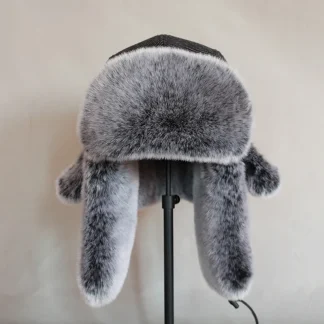
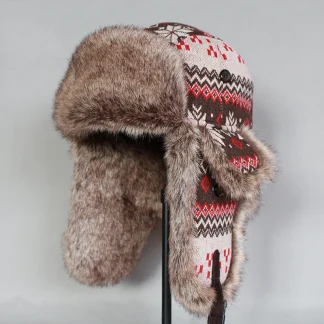

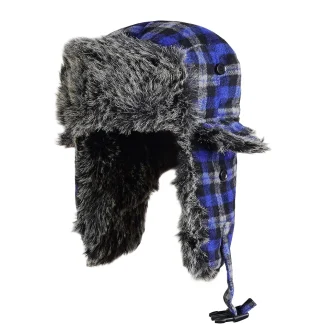
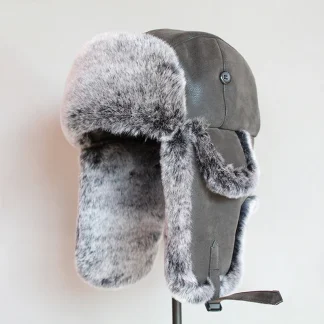
 + 2
+ 2